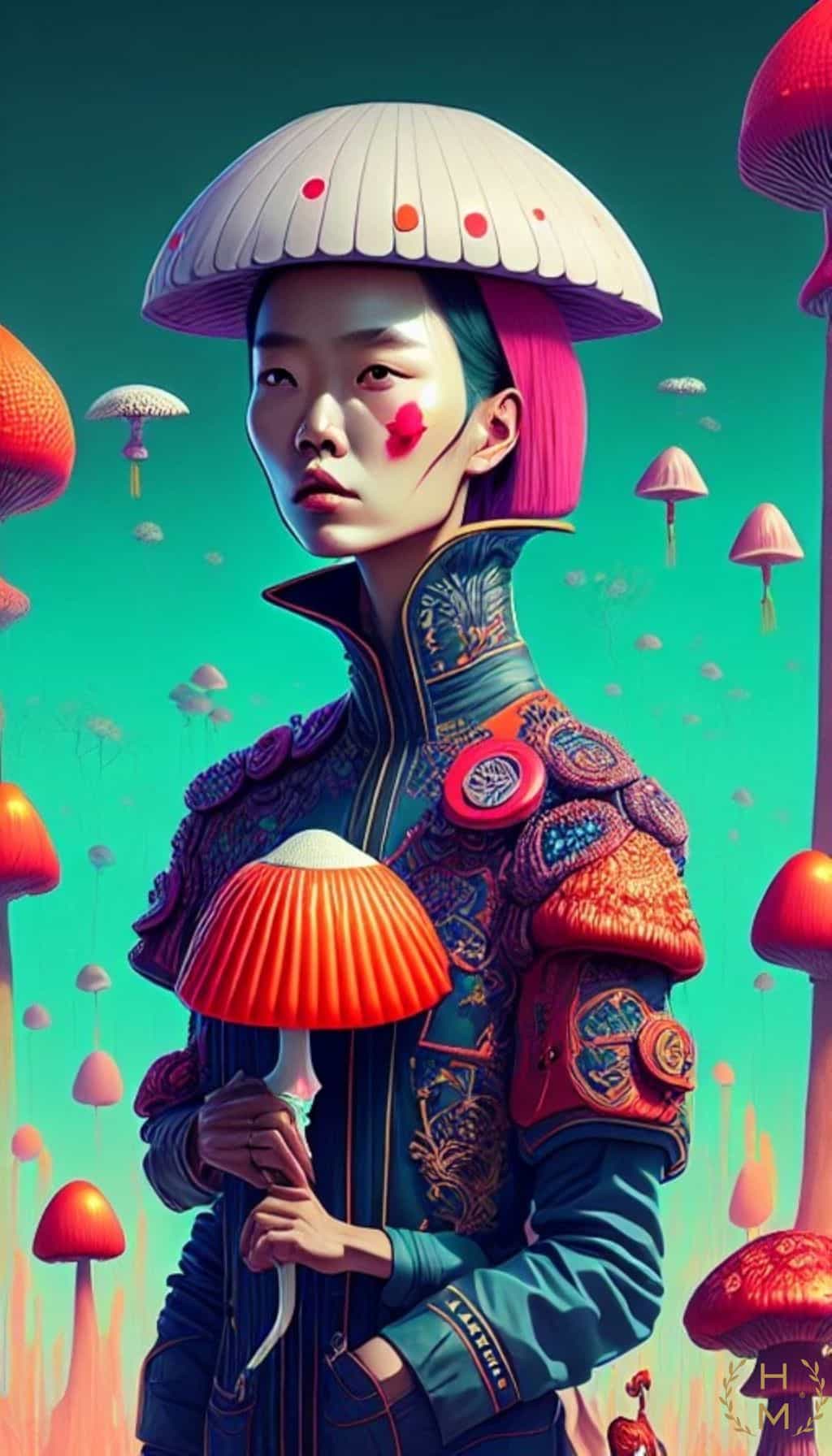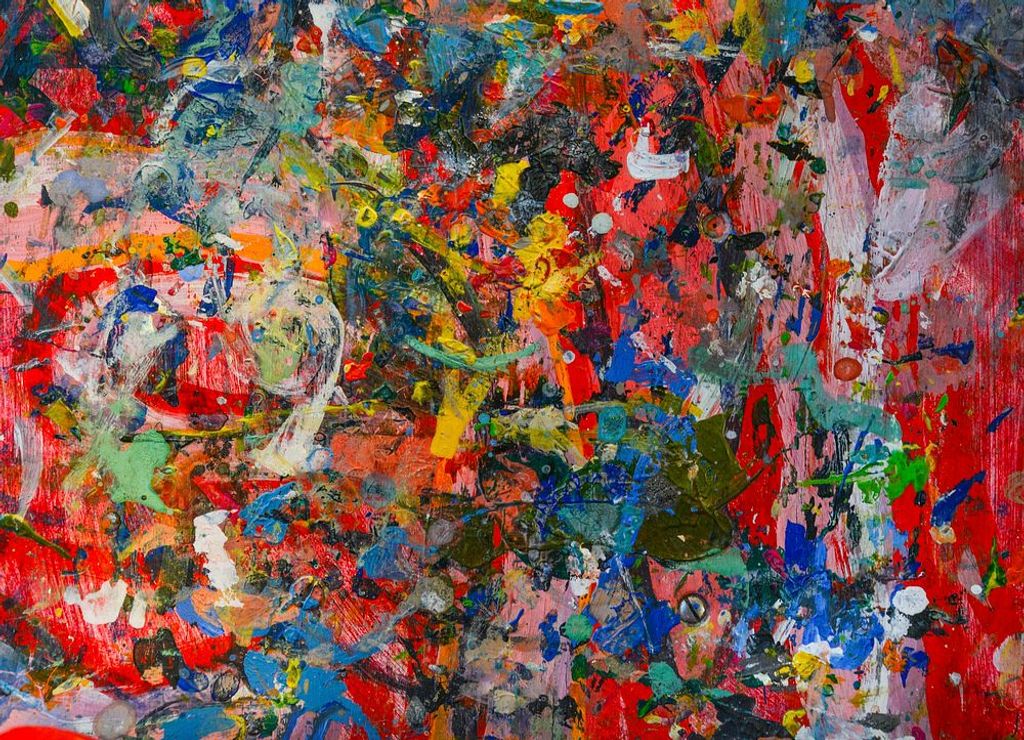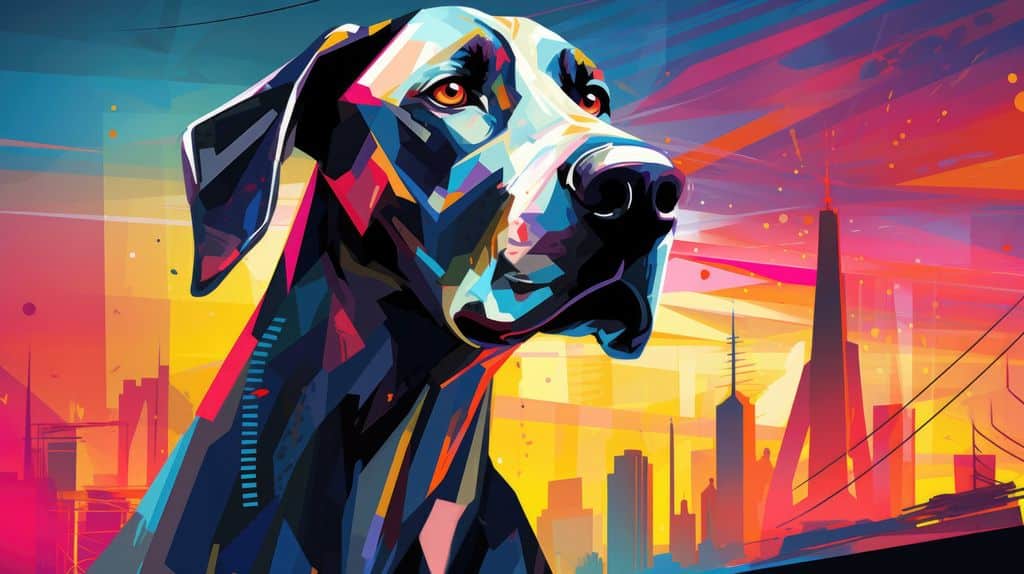Freelance digital artists have the opportunity to showcase their creativity and skills while working independently. In this article, we will explore the art of freelancing, mastering digital art, and managing a freelance business. Here are the key takeaways:
Table of Contents
ToggleKey Takeaways
- Finding your niche is essential for standing out in the competitive freelance market.
- Building a strong portfolio is crucial for attracting clients and showcasing your skills.
- Setting your rates based on your experience and the value you provide is important for earning a fair income.
- Marketing yourself effectively through online platforms and social media can help you reach potential clients.
- Choosing the right digital art tools, developing your unique style, and exploring different techniques are key to mastering digital art.
The Art of Freelancing
Finding Your Niche
Finding your niche is an essential step in becoming a successful freelance digital artist. It involves identifying a specific area or style of digital art that you excel in and enjoy creating. By focusing on a niche, you can differentiate yourself from other artists and attract clients who are specifically looking for your expertise. Here are some tips to help you find your niche:
- Research different styles and techniques of digital art to discover what resonates with you.
- Experiment with different subject matters and themes to find what you are most passionate about.
- Consider your target audience and the industries you want to work with.
- Look for gaps in the market and opportunities where you can offer a unique perspective or skill set.
Finding your niche is an ongoing process, and it may evolve as you gain more experience and explore new artistic avenues. Embrace the journey of self-discovery and continue to refine your skills in your chosen niche.
Building Your Portfolio
Building a strong portfolio is essential for showcasing your skills and attracting potential clients. Here are some tips to help you create an impressive portfolio:
- Select your best work: Choose a variety of pieces that demonstrate your range and expertise. Highlight projects that align with your target market.
- Show your process: Include sketches, drafts, and progress shots to give clients insight into your creative process.
- Organize your work: Arrange your portfolio in a logical and visually appealing way. Use categories or themes to make it easy for clients to navigate.
- Keep it updated: Regularly add new projects to your portfolio to showcase your growth and keep it fresh.
Remember, your portfolio is a reflection of your skills and professionalism. Take the time to curate it carefully and make it stand out.
Setting Your Rates
Setting your rates as a freelance digital artist can be a challenging task. It’s important to find a balance between charging what you’re worth and remaining competitive in the market. Here are some tips to help you set your rates:
- Research the industry standards and average rates for digital artists in your niche.
- Consider your experience, skill level, and the value you bring to clients.
- Take into account the time and effort required for each project.
- Factor in any additional expenses, such as software subscriptions or equipment.
- Don’t undervalue your work, but also be mindful of pricing yourself out of potential opportunities.
Remember, setting your rates is a continuous process. As you gain more experience and build a strong portfolio, you can adjust your rates accordingly.
Marketing Yourself
When it comes to freelancing as a digital artist, marketing yourself is crucial. You need to showcase your skills and attract potential clients. Here are some strategies to help you market yourself effectively:
- Build a strong online presence through a professional website and social media platforms.
- Network with other professionals in the industry and attend relevant events.
- Offer free or discounted services to build your portfolio and gain exposure.
- Collaborate with other artists or businesses to expand your reach.
Remember, consistency and professionalism are key when marketing yourself as a freelance digital artist.
Mastering Digital Art
Choosing the Right Tools
When it comes to digital art, choosing the right tools is essential for creating stunning and professional-looking artwork. The software you use can greatly impact your workflow and the quality of your final pieces. Some popular digital art software options include Adobe Photoshop, Procreate, and Clip Studio Paint. Each software has its own unique features and capabilities, so it’s important to explore and find the one that best suits your needs and artistic style. Additionally, hardware such as a graphics tablet or pen display can greatly enhance your digital art experience by providing more precise control and a natural drawing feel.
Developing Your Style
Developing your style as a freelance digital artist is crucial for establishing your unique identity and attracting clients. Here are some tips to help you refine your artistic style:
- Experiment with different techniques and mediums to find what resonates with you the most.
- Study the work of other artists and draw inspiration from their techniques and approaches.
- Take risks and step out of your comfort zone to push the boundaries of your creativity.
- Seek feedback from peers and mentors to gain valuable insights and improve your skills.
Remember, developing your style is an ongoing process that evolves with time and experience. Embrace the journey and let your artistic voice shine!
Exploring Different Techniques
When it comes to digital art, there are countless techniques to explore and experiment with. From digital painting to photo manipulation, each technique offers its own unique possibilities and challenges. Mastering these techniques requires practice, patience, and a willingness to push the boundaries of your creativity.
One popular technique in digital art is mixed media, which combines traditional art mediums with digital tools. This allows artists to create dynamic and textured pieces that blend the best of both worlds.
Another technique to consider is 3D modeling and rendering. This involves creating three-dimensional objects and scenes using specialized software. It’s a versatile technique that can be used in various industries, from gaming to architecture.
Lastly, motion graphics is a technique that brings static images to life through animation. It’s commonly used in advertising, film, and web design to create visually engaging and interactive content.
Remember, the key to exploring different techniques is to have an open mind and a willingness to learn. Don’t be afraid to step out of your comfort zone and try something new!
Collaborating with Clients
When collaborating with clients as a freelance digital artist, it is important to maintain open communication and ensure that their vision is understood and incorporated into the artwork. Regular check-ins and updates throughout the creative process can help to address any concerns or changes that may arise. Additionally, providing clients with a clear timeline and expectations for deliverables can help to manage their expectations and ensure a smooth collaboration. Remember, the client’s satisfaction is key to building a successful freelance business.
Here are some tips for collaborating effectively with clients:
- Actively listen to their feedback and incorporate their ideas into the artwork
- Provide regular progress updates and seek their input
- Be open to constructive criticism and make revisions as needed
- Clearly communicate any limitations or constraints
- Set clear expectations for timelines and deliverables
By following these guidelines, you can foster a positive and productive collaboration with your clients as a freelance digital artist.
Managing Your Freelance Business
Organizing Your Workflow
Organizing your workflow is crucial for freelance digital artists. It helps you stay on track, meet deadlines, and deliver high-quality work to your clients. Here are some tips to help you stay organized:
Use project management tools: Utilize tools like Trello or Asana to create tasks, set deadlines, and track your progress.
Prioritize your tasks: Determine which tasks are most important and tackle them first. This will help you stay focused and ensure that you complete your work on time.
Create a schedule: Set aside dedicated time for each project and allocate time for breaks and rest. This will help you maintain a healthy work-life balance.
Communicate with clients: Regularly update your clients on the progress of their projects and address any concerns or questions they may have.
Backup your files: Always make sure to back up your work to prevent any loss of data. Use cloud storage or external hard drives to keep your files safe and accessible.
By following these tips, you can effectively organize your workflow and enhance your productivity as a freelance digital artist.
Communicating Effectively
Effective communication is crucial for freelance digital artists. It allows you to understand your clients’ needs and expectations, and ensures that you can effectively convey your ideas and concepts. Here are some tips to improve your communication skills:
- Actively listen to your clients and ask clarifying questions to ensure you understand their requirements.
- Use clear and concise language to avoid misunderstandings.
- Provide regular updates to keep your clients informed about the progress of their project.
- Be open to feedback and willing to make revisions based on client input.
Remember, clear and effective communication is key to building strong client relationships and delivering successful projects.
Handling Client Feedback
Handling client feedback is an essential part of being a freelance digital artist. It allows you to understand the client’s needs and make any necessary adjustments to your work. Here are some tips for effectively handling client feedback:
- Listen attentively: Take the time to fully understand the client’s feedback and ask clarifying questions if needed.
- Be open to constructive criticism: Embrace feedback as an opportunity for growth and improvement.
- Communicate clearly: Clearly explain any changes or revisions you plan to make based on the feedback.
- Set realistic expectations: Make sure the client understands what can be achieved within the given timeframe and budget.
- Provide regular updates: Keep the client informed about the progress of the project and any changes made based on their feedback.
Remember, handling client feedback professionally and effectively can lead to long-term client relationships and positive referrals.
Managing Finances
Managing finances is a crucial aspect of running a successful freelance business. As a freelance digital artist, it’s important to keep track of your income and expenses to ensure financial stability. Here are some tips to help you manage your finances:
- Keep detailed records of all your income and expenses
- Set aside a portion of your earnings for taxes
- Create a budget to track your spending
- Consider hiring an accountant to help with tax planning and financial management
Remember, managing your finances effectively will not only help you stay organized but also contribute to the long-term success of your freelance career.
Managing Your Freelance Business is crucial for success in the digital art industry. At Pro Digital Artists, we understand the challenges and opportunities that come with running a freelance business. Our team of experienced professionals is here to provide you with the support and guidance you need to thrive. Whether you’re just starting out or looking to take your business to the next level, we offer a range of services tailored to meet your specific needs. From branding and marketing to project management and client acquisition, we have the expertise to help you succeed. Visit ProDigitalArtists.com today to learn more and take your freelance business to new heights.
Conclusion
In conclusion, hiring a freelance digital artist can bring a fresh and creative perspective to your projects. With their expertise in graphic design, branding, and art direction, they can help elevate your brand and captivate your audience. Whether you need a logo designer, illustrator, or marketer, you can find the right creative direction freelancer on Guru. Post a job for free and start receiving quotes from skilled professionals. Make secure payments and collaborate with freelancers using WorkRooms. Don’t miss out on the opportunity to work with talented digital artists who can make your brand unforgettable.








